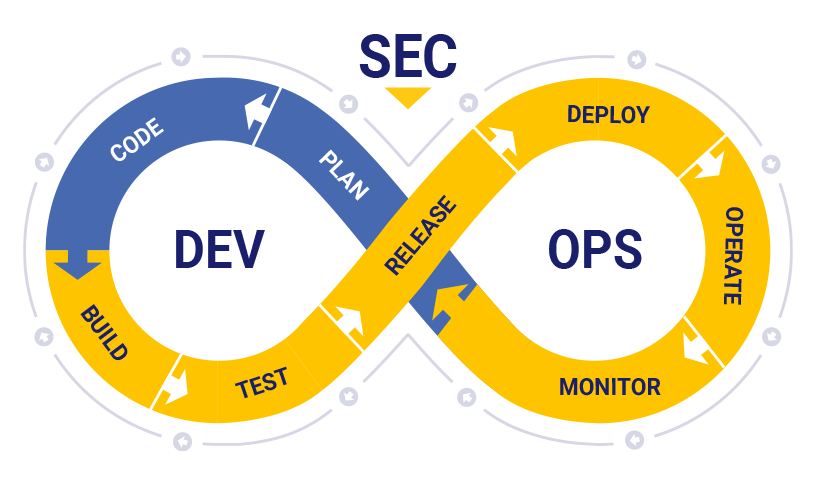Cybersecurity is becoming increasingly vital in web development. As more of our lives move online, the need to protect sensitive information from cyber threats grows. This article explores why cybersecurity is essential in web development, common threats developers face, and best practices to safeguard websites.
Why Cybersecurity Matters?
Websites are prime targets for cybercriminals because they often store sensitive data like personal information, credit card details, and login credentials. A single security breach can lead to data theft, financial loss, and damage to a company’s reputation. Therefore, incorporating cybersecurity measures into the web development process is crucial to ensure user safety and trust.
Common Cybersecurity Threats
Developers must be aware of various cybersecurity threats that can compromise their websites. Here are some of the most common ones:
1. SQL Injection
SQL injection is a technique where attackers insert malicious SQL code into a query, manipulating the database to extract or modify data. To prevent this, developers should use parameterized queries and prepared statements, which ensure that user input is treated as data rather than executable code.
2. Cross-Site Scripting (XSS)
Cross-site scripting occurs when attackers inject malicious scripts into web pages viewed by other users. This can lead to session hijacking, defacement, or distribution of malware. To mitigate XSS attacks, developers should validate and sanitize user inputs and use content security policies.
3. Cross-Site Request Forgery (CSRF)
CSRF attacks trick users into performing actions they didn’t intend to by exploiting their authenticated session with a website. Developers can prevent CSRF by implementing anti-CSRF tokens, which ensure that requests originate from the authenticated user’s session.
4. Man-in-the-Middle (MitM) Attacks
In MitM attacks, hackers intercept and manipulate communication between two parties. Using HTTPS (Hypertext Transfer Protocol Secure) is crucial to encrypt data transmission and protect against MitM attacks.
Best Practices for Cybersecurity in Web Development
Incorporating cybersecurity best practices into the web development lifecycle is essential to build secure applications. Here are some key practices:
1. Use Strong Authentication and Authorization
Implement robust authentication mechanisms such as multi-factor authentication (MFA) to ensure that only authorized users can access sensitive areas of the website. Additionally, enforce strict authorization policies to control user access to different parts of the application.
2. Keep Software Up to Date
Regularly update all software components, including the web server, database, and third-party libraries. Security patches address vulnerabilities that hackers could exploit. Using automated tools to monitor and apply updates can simplify this process.
3. Encrypt Sensitive Data
Encrypt sensitive data both in transit and at rest. Use strong encryption protocols such as TLS (Transport Layer Security) to protect data during transmission and AES (Advanced Encryption Standard) for data storage.
4. Implement Secure Coding Practices
Follow secure coding guidelines to minimize vulnerabilities in your code. This includes validating and sanitizing user inputs, avoiding the use of hardcoded credentials, and properly handling errors and exceptions.
5. Conduct Regular Security Audits and Penetration Testing
Perform regular security audits and penetration testing to identify and address vulnerabilities in your application. These assessments can help uncover weaknesses that automated tools might miss, providing a comprehensive view of your security posture.
The Role of DevSecOps

DevSecOps is an approach that integrates security practices into the DevOps workflow, ensuring that security is a shared responsibility throughout the development lifecycle. By adopting DevSecOps, organizations can build more secure applications and respond more quickly to security threats.
Educating and Training Developers
Continuous education and training are crucial for keeping developers updated on the latest cybersecurity threats and best practices. Organizations should invest in regular training sessions, workshops, and certifications to ensure their development teams are equipped to handle evolving security challenges.
Conclusion
Cybersecurity is an integral part of web development. As cyber threats become more sophisticated, developers must stay vigilant and adopt best practices to protect their applications and users. By prioritizing cybersecurity, web developers can build resilient, secure websites that earn and maintain user trust. For more information on best practices and tools, you can visit resources like the Open Web Application Security Project (OWASP) and the National Institute of Standards and Technology (NIST).
Protecting your website from cyber threats isn’t just a technical necessity; it’s a crucial aspect of maintaining trust and integrity in today’s digital world.





